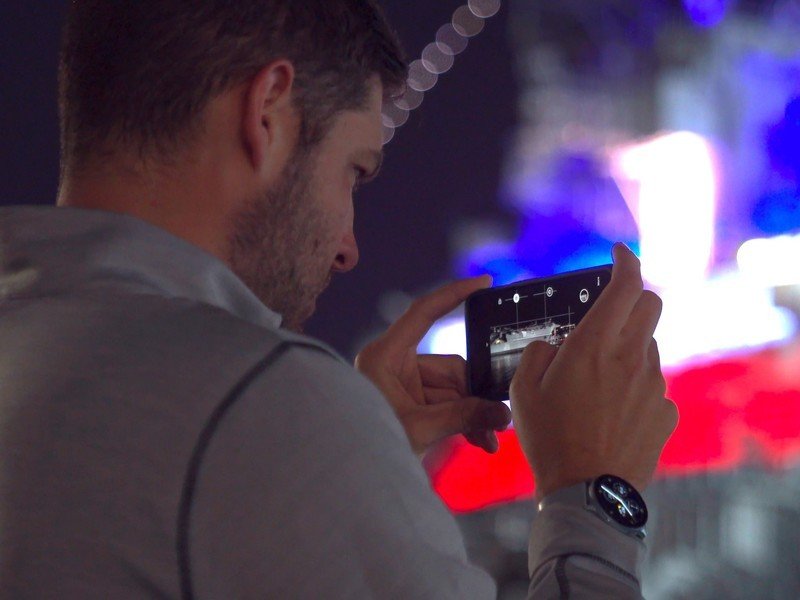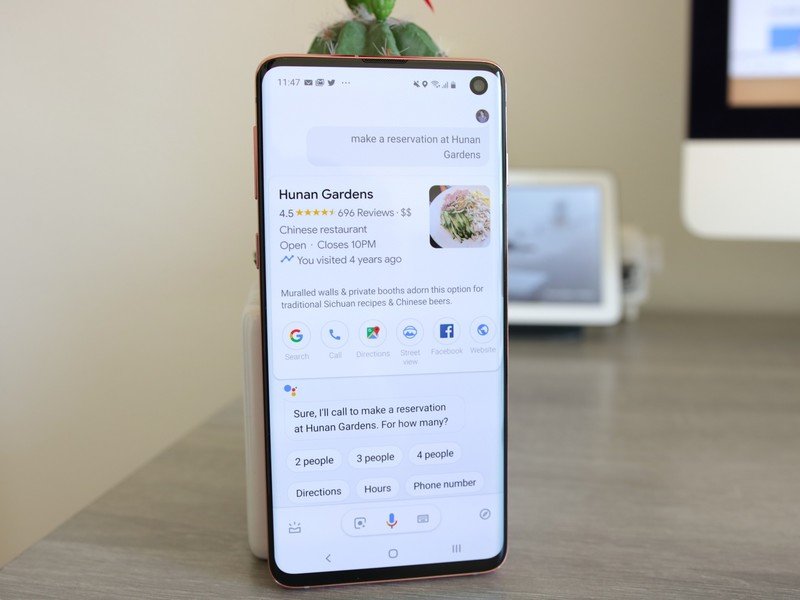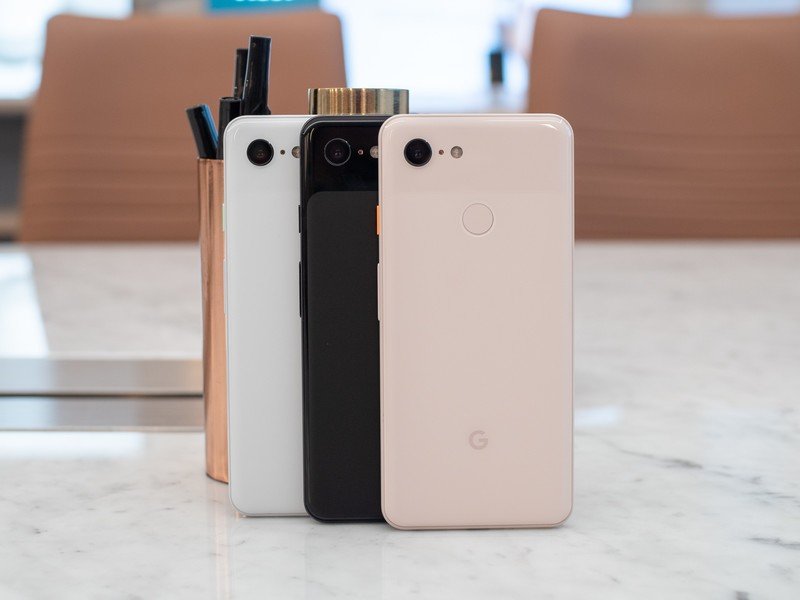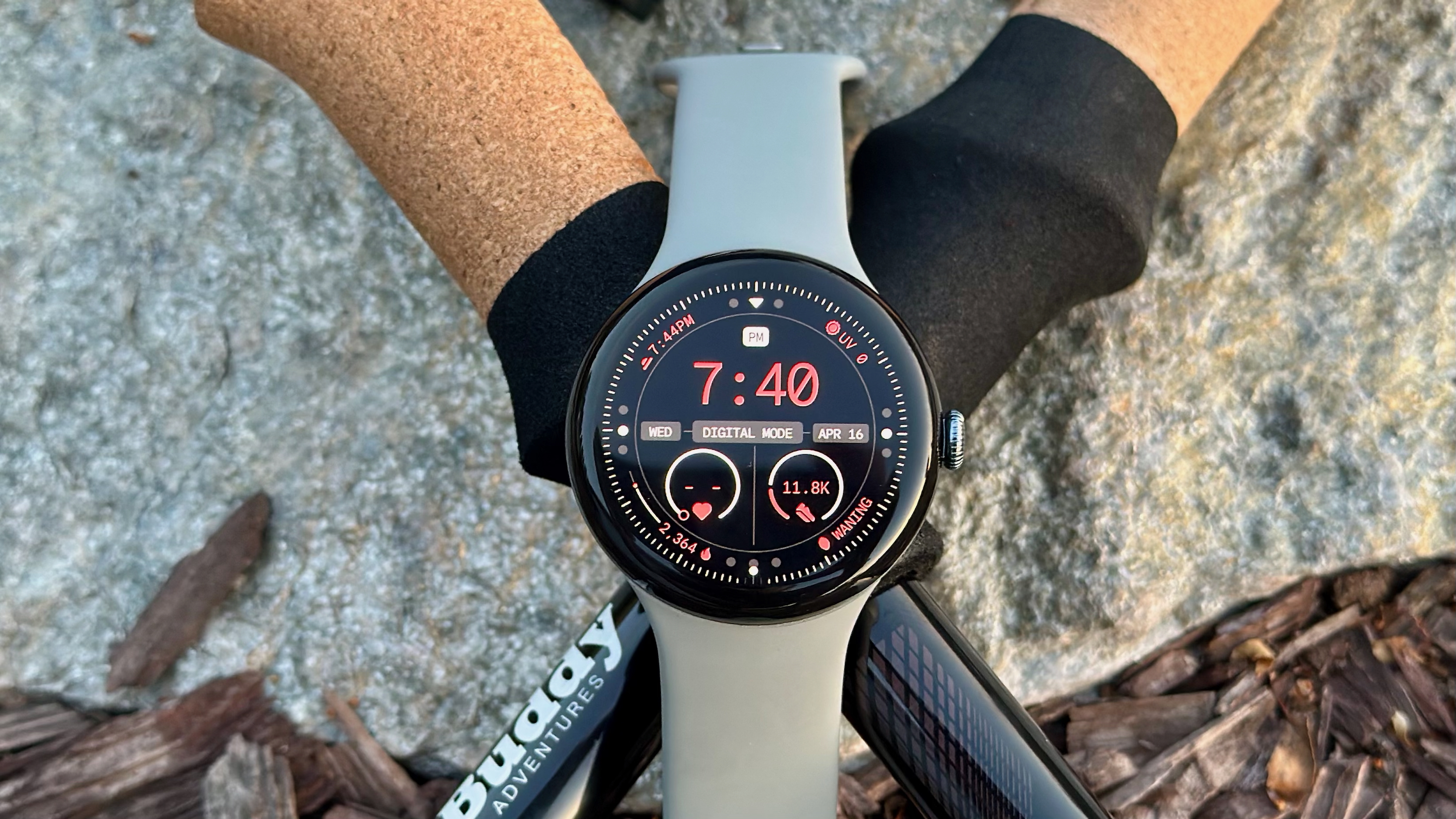2018
The introduction of computational photography night modes

Next to the advent of mobile photography in general, the most significant stride in smartphone imaging has almost undeniably been the improvements to low light photography that Huawei and Google largely kicked off in 2018. Two particular phones come to mind: the Huawei P20 Pro, and the Google Pixel 3.
The P20 Pro came out early in the year, and served as a platform to show off Huawei's new Neural Processing Engine. Combined with pixel binning technology and the 40MP primary sensor, the P20 Pro was able to pull off stunning low light shots unlike any other phone. It shot multiple exposures over the course of about four seconds, then used AI to counteract any motion from your hands and output a photo that could have passed for a long exposure photo on a tripod.
At a time when phone cameras absolutely fell apart at night, this was a groundbreaking feature that largely went unchallenged until Google surprised us with its new Night Sight shooting mode on the Pixel 3 later in the year.
We're still figuring out just how consequential Night Sight will be for the way we take photos on our phones
Night Sight worked similarly to Huawei's night mode, capturing multiple exposures in a short burst and stitching them together, building on top of the HDR+ technologies of the Pixel 2. Google didn't opt for a large sensor and pixel binning like Huawei, however; instead, it took advantage of the smaller file sizes of the Pixel 3's 12.2MP camera to shoot just as many exposures in a shorter amount of time.
This let the Pixel 3 capture equally bright and detailed photos at night almost as quickly as it shot in daytime. Google even took advantage of natural hand motion to extrapolate more data for Night Sight — in fact, it jitters the OIS module in the lens to intentionally create a bit of motion when shooting in Night Sight with the phone propped up or on a tripod.
In many ways, smartphones still can't match dedicated cameras in image quality and versatility, but computational photography helps dramatically narrow that gap. It's a defiance of the small sensors that hold smartphone cameras back, and allows the camera in your pocket to pull off seemingly miraculous shots with almost no work from the end user.
Google makes phone calls (or talking in general) obsolete with Duplex

Google shocked the audience at its I/O conference in May 2018 when it demoed its new AI-driven project, dubbed Duplex. CEO Sundar Pichai pulled out his phone on stage, called a local barber, then let Google Assistant do all of the talking for him.
Be an expert in 5 minutes
Get the latest news from Android Central, your trusted companion in the world of Android
It was a truly stunning presentation; Google Assistant was able to speak naturally on behalf of the caller to the human on the other end of the call, using AI to understand responses and even adding in conversational fillers like "errs" and "umms" to sound like a real person.
It was pretty convincing, and Duplex was able to set an appointment without Pichai ever saying a word over the phone. Once the call ended, his phone showed a notification from Google Assistant confirming the appointment time and even naming the calendar event. Unsurprisingly, it became one of the biggest stories of the show.
Since then, Duplex has finally rolled out to consumers in most parts of the U.S. — as of right now, it's available in 48 states, excluding only Kentucky and Louisiana, as well as New Zealand. While Duplex was initially only available to Pixel owners, it's since rolled out to all devices running Android 5.0 or newer, and even iPhones running the Google app.
The Pixel 3 matures Google's phone line, but not enough

The Pixel 3 marked a departure from Google's aluminum unibody design of previous generations, switching instead to a frosted glass backing. The general design language was rounder and friendlier than the Pixel 2, and that glass allowed for a Pixel that finally supported wireless charging.
The front design looked much more modern than its predecessor as well, ditching the massive bezels and 16:9 aspect ratio in favor of an 18:9 display — though the larger Pixel 3 XL stepped up slightly to an 18.5:9 aspect ratio with a larger-than-life notch.
Google also addressed the innumerable complaints surrounding the display quality of the Pixel 2 (particularly the 2 XL), fitting its new phones with dramatically better displays that no longer suffered from burn-in issues.
Of course, the Pixel 3 also brought the aforementioned Night Sight camera mode, along with 40% faster HDR+ processing and Super Res Zoom, which uses data from the slight differences in camera positioning while you shoot handheld to improve the image quality of digitally zoomed photos.
-Hayato Huseman

